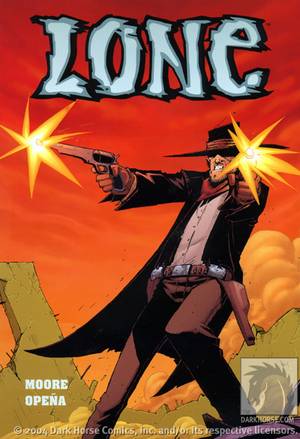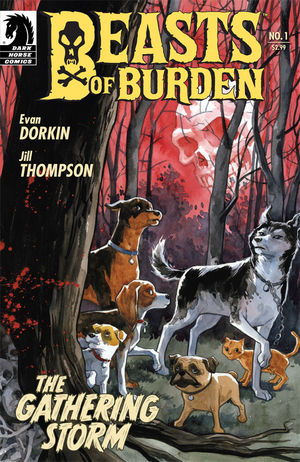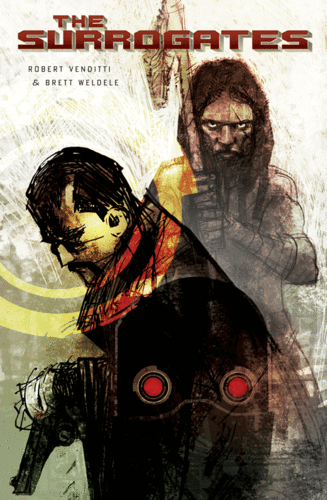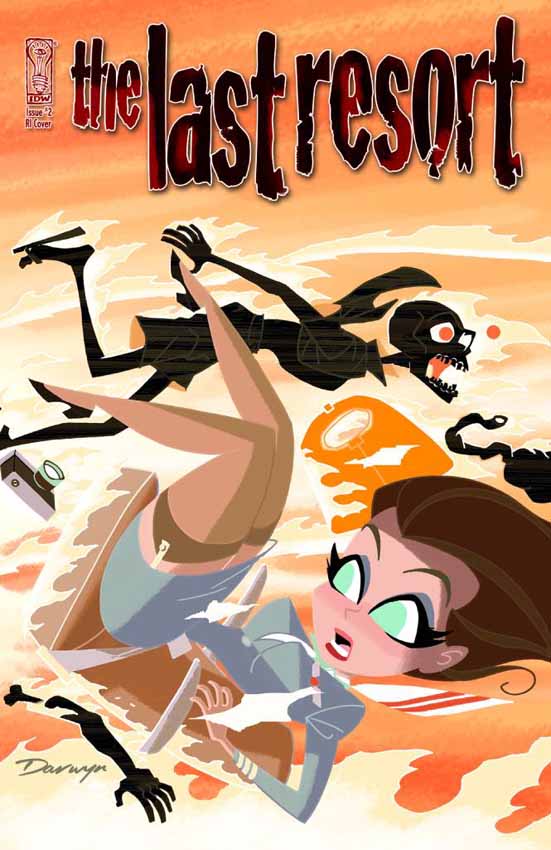
Wednesday Comics was a very interesting experiment, which I found I enjoyed more than I didn't. It was by no means perfect, but I have to give a lot of credit to Mark Chiarello and his creative teams for trying something different in today's market, which has been proven time and again to be afraid of change.
As the purpose of this blog is to write about what I like, I'm only going to comment on the strips that I enjoyed. Overt criticism is evident only in the absence of discourse. So, what I liked, generally in descending order:
Hawkman by Kyle Baker
This is some of the nicest art Baker has ever done, and the story is absolutely ridiculous, in a good way. Somehow, we move from Hawkman fighting alien airplane hijackers to a wingless Hawkman battling a Tyrannosaurus Rex, and being rescued by Aquaman. Only someone like Baker (and perhaps Frank Miller) could pull off such a silly story, and still manage to make it look so good.
Strange Adventures by Paul Pope
This was also absolutely gorgeous. Pope changed Adam Strange and Rann from a nice clean science fiction tale to something more resembling Warlord. It was all barbarian girls, stone ape creatures, and Dr. Seuss-inspired horses. Fantastic stuff. This would make an amazing monthly.
Kamandi by Dave Gibbons and Ryan Sook
In terms of traditional comic illustration, this was a more conventional tale (but I did really like the way in which Gibbons didn't use any speech bubbles, leaving the narration completely to text boxes, with punctuation - a rarity in comics). Sook's art was perfect.
Metamorpho by Neil Gaiman and Mike Allred
This strip was the one that took the most risks with the format. Gaiman and Allred went wild with the larger pages, and showed the most variety. Early on, it was all giant splash pages, but they progressed to a huge Snakes and Ladders game, and then had Metamorpho and the Element Girl dancing across a gigantic periodic table, while their speech reflected the abbreviation of each element. Genius stuff. I don't think they can be blamed for the thin story - it wasn't about that.
Batman by Brian Azzarello and Eduardo Risso
There was nothing to the story - I just like Risso's art.
The Flash by Karl Kerschl and Brenden Fletcher
This story started off very cool, with it's splitting of the strip into two: The Flash, and Iris West. I liked how they were riffing on the old romance comics. Thing is, it didn't last, and by the end, I found I was kind of just looking at the pictures.
The other stories were okay (I never got into the Wonder Woman one even once), but the ones above were what made this project memorable for me. I've seen lots of commentary on-line about how a second trip to the well could be improved, and I hope that some changes are made. Personally, I'd like to see some rotating strips, so that each issue holds the promise of something new. Also, I would love to see a more indie-oriented approach, which I guess is obvious from my favourite picks.
 by Black Star (Mos Def and Talib Kweli)
by Black Star (Mos Def and Talib Kweli)








































